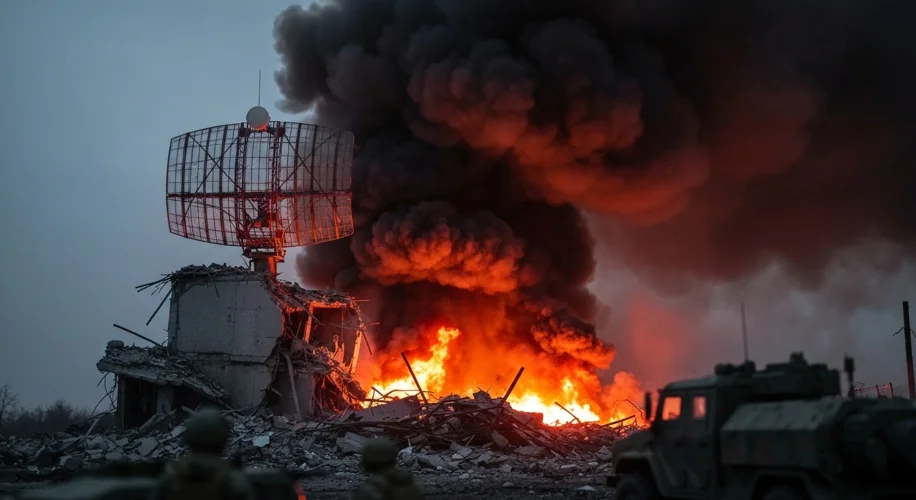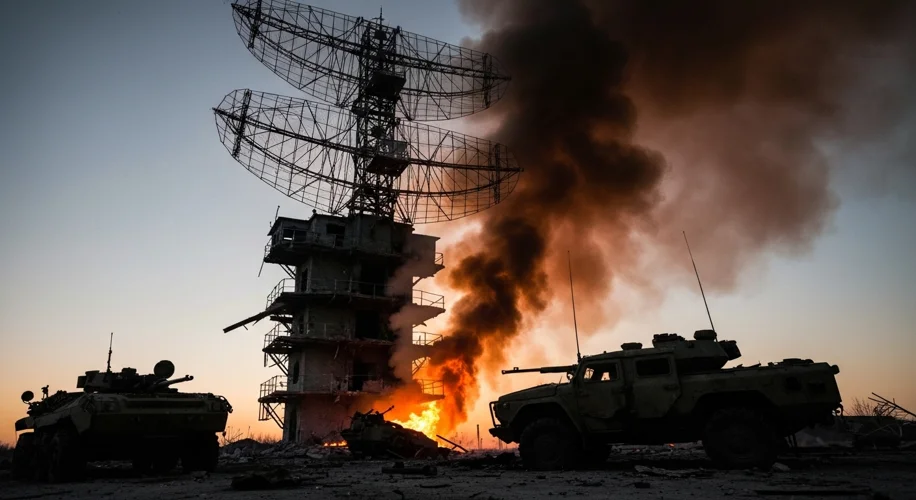In the ever-evolving landscape of modern warfare, the ability to see and be seen—or rather, to detect and evade detection—is paramount. A recent, significant event on September 15, 2025, saw Ukrainian forces execute a precisely targeted strike that obliterated a crucial Russian radar station located in Rostov Oblast. This action, while a contemporary development, echoes a timeless truth in military strategy: intelligence, particularly the electronic eyes and ears of radar, can be a decisive factor in the fate of battles and, by extension, the outcomes of conflicts.
For centuries, the battlefield has been a place where information dictates action. Before the advent of radar, this often meant reliance on scouts, aerial reconnaissance, or the sheer grit of soldiers peering through fog and smoke. The development of radar technology in the early to mid-20th century represented a quantum leap in this capability. Suddenly, the darkness of night, the cover of clouds, or the vast expanse of the sea could be pierced by invisible waves, revealing the presence and movement of enemy forces.
The strategic importance of radar cannot be overstated. Radar stations act as the central nervous system for air defense networks, providing early warning of incoming aircraft, missiles, and drones. They are the sentinels that allow a nation to scramble its defenses, vector interceptors, and protect vital assets. Destroying or degrading an enemy’s radar capabilities is akin to blinding them, leaving them vulnerable and disoriented.
This specific strike in Rostov Oblast, a region of significant military importance for Russia, likely targeted a radar system vital for monitoring Ukrainian airspace and coordinating Russian air and missile defense. The destruction of such a facility would represent a substantial blow to Russia’s operational capacity in the region, potentially degrading its ability to track and engage Ukrainian aerial threats. The precision and success of such an attack would also speak volumes about Ukraine’s evolving military capabilities, its intelligence gathering, and its capacity for deep-strike operations.
The implications of this event are far-reaching. For Ukraine, it signifies a successful degradation of Russian military infrastructure, potentially opening avenues for further offensive actions and offering a much-needed morale boost. For Russia, it highlights a critical vulnerability and underscores the ongoing challenge of protecting its rear areas and maintaining air superiority against a determined and increasingly sophisticated adversary.
Historically, similar strikes on early warning systems have had profound consequences. During World War II, the destruction of radar installations by Allied bombing raids significantly hampered German air defenses, contributing to the success of operations like D-Day. The ability to neutralize these electronic eyes was a key factor in achieving air superiority.
In essence, the strike on the Rostov Oblast radar station is more than just a headline; it is a modern manifestation of an age-old strategic imperative. It is a testament to the critical role of intelligence and electronic warfare in contemporary conflicts, where the unseen battles fought in the electromagnetic spectrum can be just as decisive as those fought with conventional weaponry. The echoes of this event will undoubtedly resonate, influencing future strategies and highlighting the continuous adaptation required to maintain an edge in the complex theater of war.


